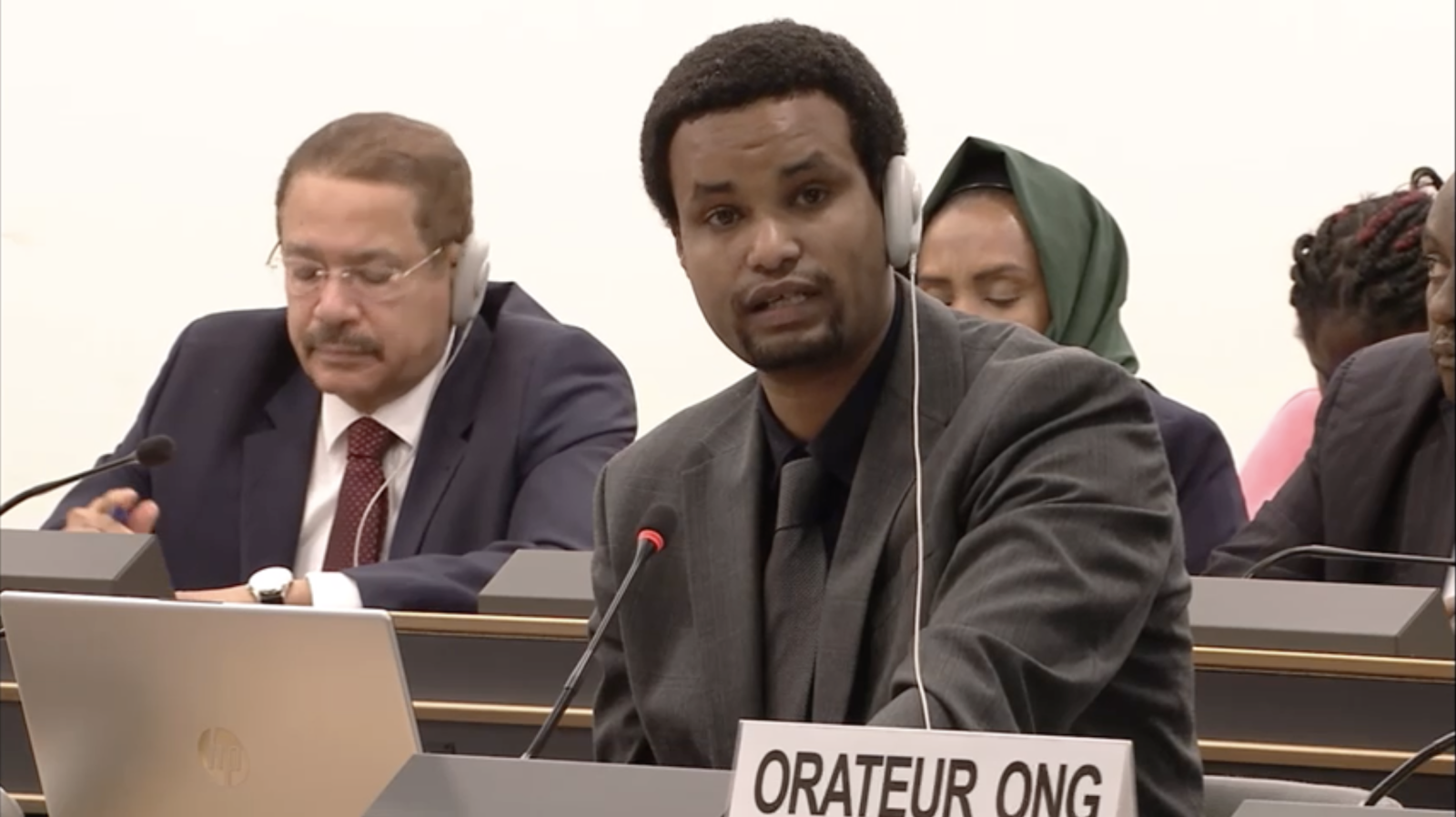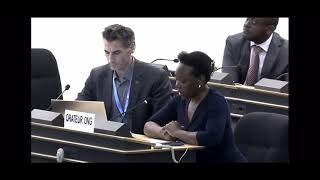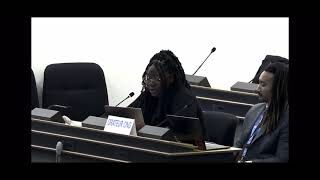System of Death (III): Uprooting the
Iraqi State
The final part of this series goes back to when the groundwork was laid in order to build the system of death. For the fractured framework of a new Iraq to exist, the old state structure had to be destroyed.
“On 11 April 2003, a number of Iraqi scientists and university professors sent an SOS e-mail complaining that American occupation forces were threatening their lives,” read a statement submitted in February 2012 by a dozen NGOs to the UN Human Rights Council. “The appeal stated that looting and robberies were taking place under the watchful eye of occupation soldiers...The e-mail also noted that occupation forces had drawn up lists of the names, addresses, and research areas of the Iraqi scientists to assist them in their harassment tasks in light of the anarchy that existed after the occupation.”
More than nine years have gone by since that appeal was sent out. But the suffering of Iraq’s academics and professionals only worsened, persisting after the withdrawal of US troops in December 2011. One set of professionals after another was targeted, and with each individual who was killed, kidnapped, forced to flee, or otherwise pushed permanently out of the public sphere, a fragment of Iraq’s collective memory and capacity to rebuild was destroyed.
The targeting of academics and professionals began as soon as the occupation’s policy of so-called de-Baathification became official in April 2003. With the purposeful dismantlement of Iraq’s public institutions, about 15,500 scientists, researchers, professors, and teachers were made jobless, and thereby marginal and unprotected. Years on from the US-led Coalition Provisional Authority’s (CPA) decision, the targeting continued.
The De-Baathification Myth
While the destruction of the Iraqi middle class began on the basis of alleged de-Baathification, what it did was lay the basis in one clean stroke for the destruction of the Iraqi state. Doctors, teachers, engineers, and other qualified Iraqis who worked for the state were forcibly marginalized, and turned into easy targets for killing. The killing began, at the hands of multiple criminal groups, including militias and death squads. Some of the groups involved had ties to the Iraqi regime installed by the US occupation. Others took advantage of the occupation’s disregard for the welfare of Iraqi society to conduct their crimes. And over time, the motive for targeting professionals has developed to include violence against professionals not only for political and economic reasons, but also for “moral” reasons.
The fate of women with careers perhaps shows this development most clearly. Female professionals were instantly turned into victims of the new order imposed by the occupation. Before the invasion, 72 percent of jobs in Iraq’s public institutions were held by women. As soon as CPA chief Paul Bremer passed order number 1, which banned all public sector employees with any alleged links to the Baath Party from ever being employed by the state again, many became jobless.
Then, with the mushrooming of extremist militias under the occupation’s eyes, women found it increasingly difficult to find work, or even go out onto Iraq’s streets, without being threatened with kidnapping or rape. The philosophy of militias with an extremist view on religion, unsurprisingly, was unfavorable towards women in the workplace. While successive US administrations have claimed to be fighting extremism, they have in fact given it fodder and helped it to grow. As such, women professionals like Hana Ibrahim, a veteran Iraqi journalist-turned-refugee in Syria, were unable to continue doing their work, because of direct threats against them.
But neither the occupation authorities nor the Iraqi officials who came to power following the invasion have ever conducted any meaningful investigation into the plight of professionals or academics, as the joint statement submitted to the UN Human Rights Council highlighted.
Indeed, men and women with qualifications including doctors, teachers, scientists, journalists, university professors, artists, and engineers were among the first victims of a system that seems to have been created in order to destroy Iraq’s institutions. They were the people with the qualifications and capacity to help rebuild a post-war country. Without them, no nation would survive.
Among the occupation’s victims was Omar al-Kubeissy, once one of the country’s most prominent cardiologists. He was forced to flee Iraq in 2005, when medical doctors of multiple fields became target of a threat campaign. At that time, letters started arriving at doctors’ offices in clinics and hospitals, warning them that either they stopped working, or they would be killed. “But the threats haven’t stopped,” said al-Kubeissy, who has dedicated much of the past seven years of his life to campaigning for Iraqi doctors’ rights. “Now, it’s the male gynecologists who are being threatened. I’ve received news from at least 22 gynecologists and obstetricians, who said they had received messages saying that either they should stop treating women, or they will be killed.”
Al-Kubeissy currently resides in Jordan, which hosts approximately 450,000 Iraqis according to government estimates. Angered by the latest wave of threats against his peers, he said that “what is most shocking is the fact that Iraqis have been practising modern gynecology for more than 100 years. And yet, the Iraqi Ministry of Health has done nothing to protect professionals.” A fortnight ago, when a doctor friend of al-Kubeissy faced an attack in the southern city of Basra by members of an unknown militia, “the ministry’s only response to him was: ‘These things happen.’ What kind of ministry is that?”
With no protection from violence, few professionals were willing to speak publicly concerning their plight. Instead, they faced the impossible dilemma of staying in Iraq and facing the consequences, or flight. “Some say doctors should arm themselves to go to work,” said al-Kubeissy. “As a doctor, the notion of carrying a weapon is disgusting.”
As with the recent campaign against “emos,” threats directed against Iraq’s gynecologists seemed to part from an extremist reading of Islam by militias with varying degrees of ties to the post-invasion political system. Part of the problem, as highlighted by the cardiologist, was the lack of government protection for people facing a direct threat. Another side to it was the proliferation under occupation of a plethora of anti-modern militias, that helped terrorize and subdue the population. What the occupation regime referred to as de-Baathification was in reality a destruction of the secular state.
One major effect of numerous waves of violence against doctors has been the destruction of Iraq’s once state-of-the-art medical system. “People with all kinds of illnesses are unable to seek proper treatment in Iraq,” said al-Kubeissy. “Electricity cuts prevent operations from working. Complex diseases like cancer – which have increased since the start of the occupation – cannot be treated properly if you don’t have the right staff. People with money to travel out of Iraq for treatment do so regularly. The rest just suffer.”
Opening the Gates of a Brain Drain
But it was not only the medical doctors who suffered. As early as 2007, the UN High Commissioner for Refugees (UNHCR) estimated that 40 percent of the country’s middle class had fled Iraq, with most seeking refuge in neighboring Syria and Jordan. Without the right to work in either country, many face a long-term crisis imposed by their condition as refugees. “In Syria, we have Iraqi engineers working as waiters, because that’s the only kind of job they can find on the black market,” said Ibrahim, herself exiled in Syria since 2006.
With the “brain drain” of Iraq’s qualified professionals deepening steadily since 2003, questions arose over who would rebuild the country’s institutions. For those remaining in Iraq in spite of the dangers posed by merely practising a profession, the threat of death remained very real even after the withdrawal of US troops in December 2011.
Under direct military occupation for nine years, Iraq was the world’s bloodiest country for journalists. By the start of 2012, 346 Iraqi media workers had been killed, according to an international network of anti-war activists, artists, and intellectuals, the Brussells Tribunal. By October 2010, the same organization had documented the killing of 449 academics of multiple disciplines. As a result of the violence, “the Iraqi education system, once the showcase of the Middle East, has virtually collapsed...One in five Iraqis between the ages of 10 and 49 cannot read a simple statement related to daily life,” according to the 2011 Ghent charter in defense of Iraqi academia.
One of the most worrying aspects of the degradation suffered in Iraq has been its pervasiveness. The US may have withdrawn its troops. However the violence suffered by the population as a whole, and specifically by the country’s professionals, was so generalized that it perhaps was no longer necessary to enforce the system through a direct military presence. “Iraq today is like living in the dark ages,” said al-Kubeissy. “The militias are running the country, and dictating how people should live their lives. Violence and death are everywhere.”
Eliminating the State
With the threat of partition still looming over the Iraqi nation, powerful militias still actively operating in an atmosphere of impunity, mass death still characterizing daily life, and the dearth of public services pushing new generations further into sectarianism and miseducation, the question of how free Iraq really is in the aftermath of the US military withdrawal is an open one.
The system that the US created, clearly, remains in place. Direct military occupation may no longer be necessary – or possible. But there is a big difference between resisting military occupation and transforming a political system, a difference that is not lost on many Iraqis, some of whom are steeped in efforts to organize civil resistance against Prime Minister Nouri al-Maliki’s regime.
Still, as with multiple societies that have suffered colonial oppression and division from the top, there is a long way to go before Iraq can truly celebrate liberation. For those who took part in anti-war demonstrations in 2003 and look forward to progress, rather than watch out for any militaristic fanfare, it may be a good idea to watch for smaller, yet more powerful indicators. It may be that the real celebrations will be held by children, when literacy levels start to inch back up again, or when women feel safe enough to go back to work, or when refugees returning to Iraq from neighboring countries can genuinely say they are glad to have gone back to their homeland. For now, that day has yet to come.
Source: System of Death (III): Uprooting the Iraqi State, Serene Assir, Alakhbar english, 13 April 2012
Documenting and reporting human rights violations in Iraq
| Executions | Human Rights Violations in the context of fight against terrorism | Peaceful protests | ||||
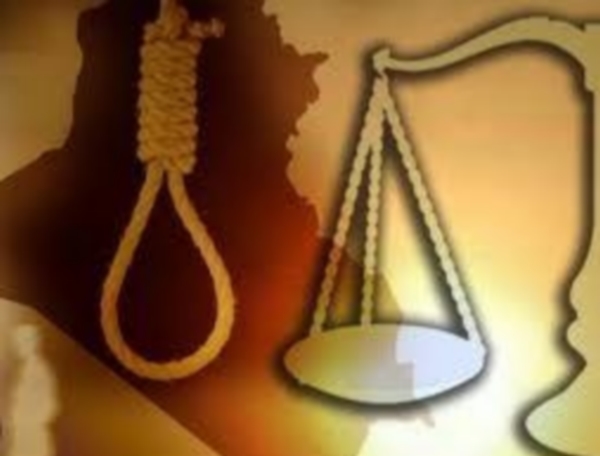 |
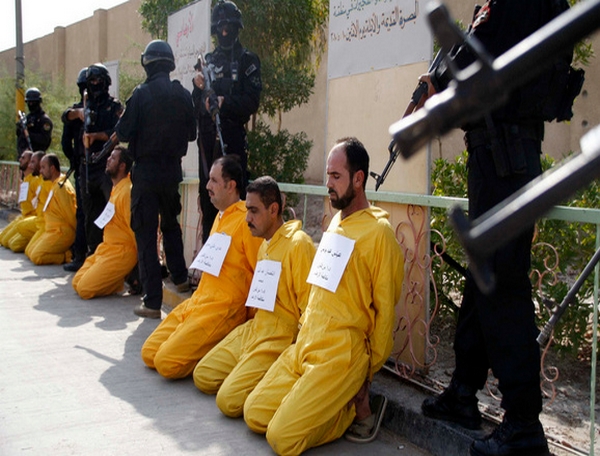 |
 |
||||
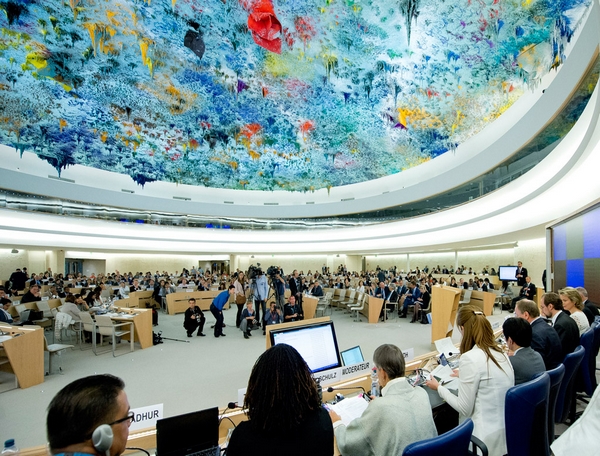 |
 |
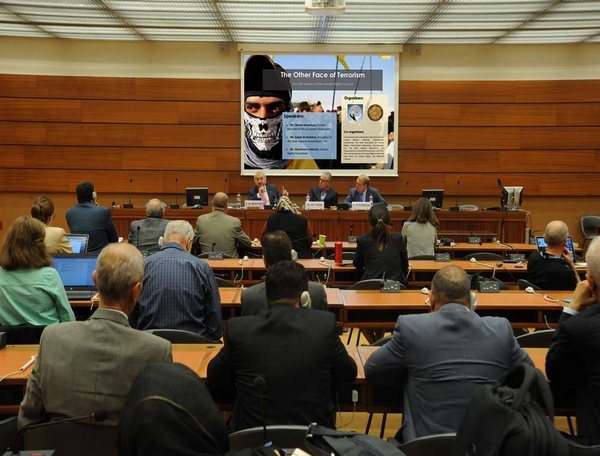 |
||||




